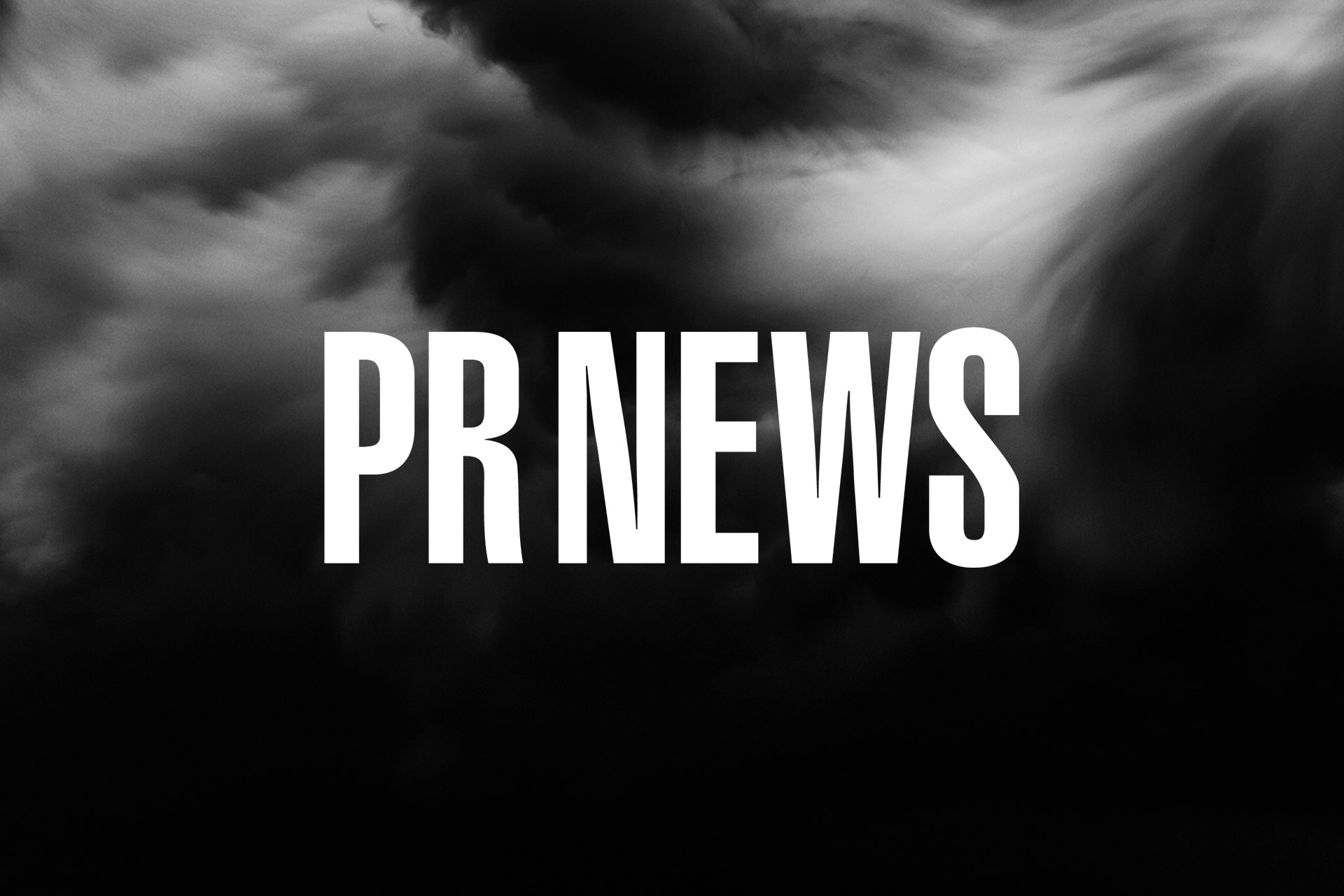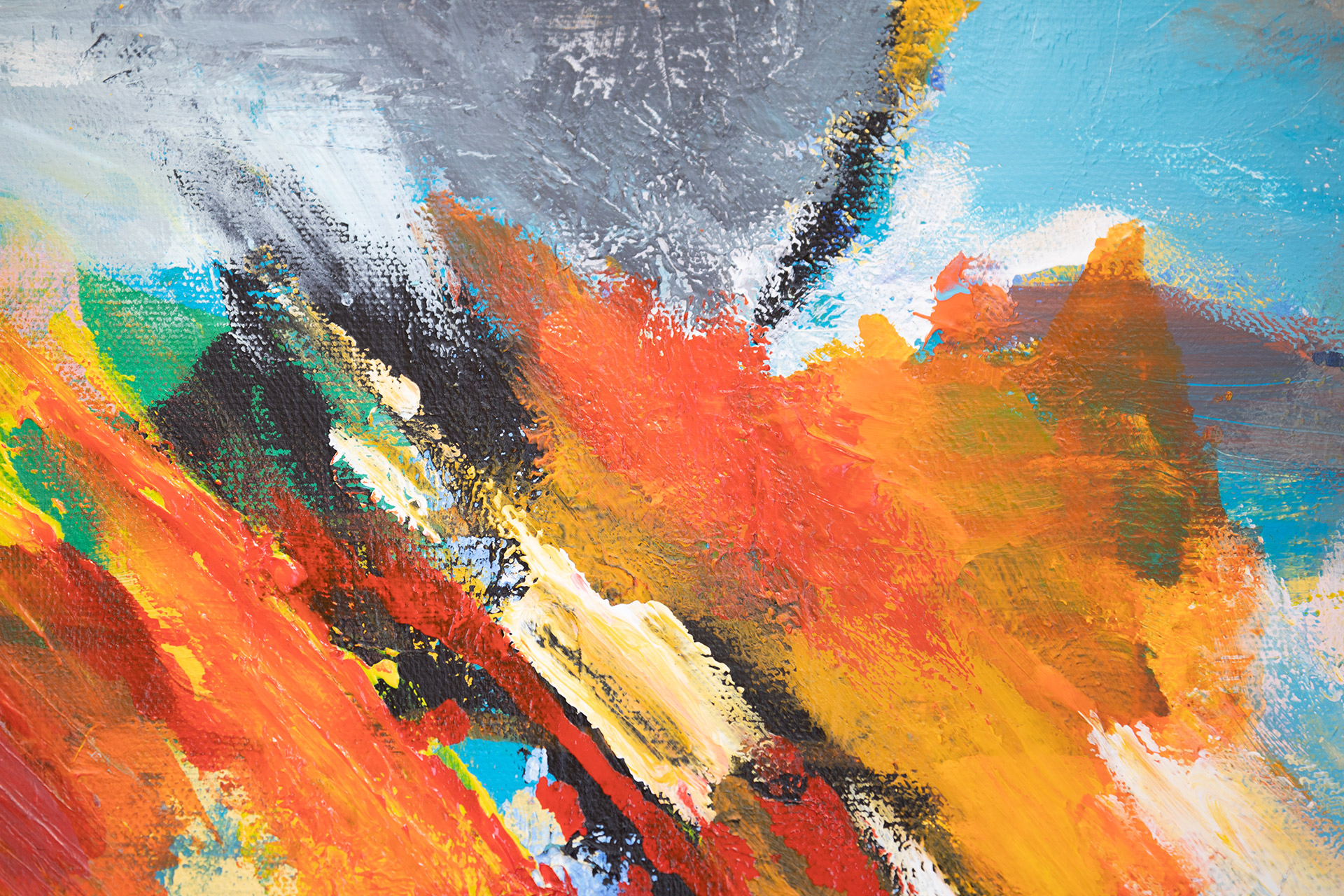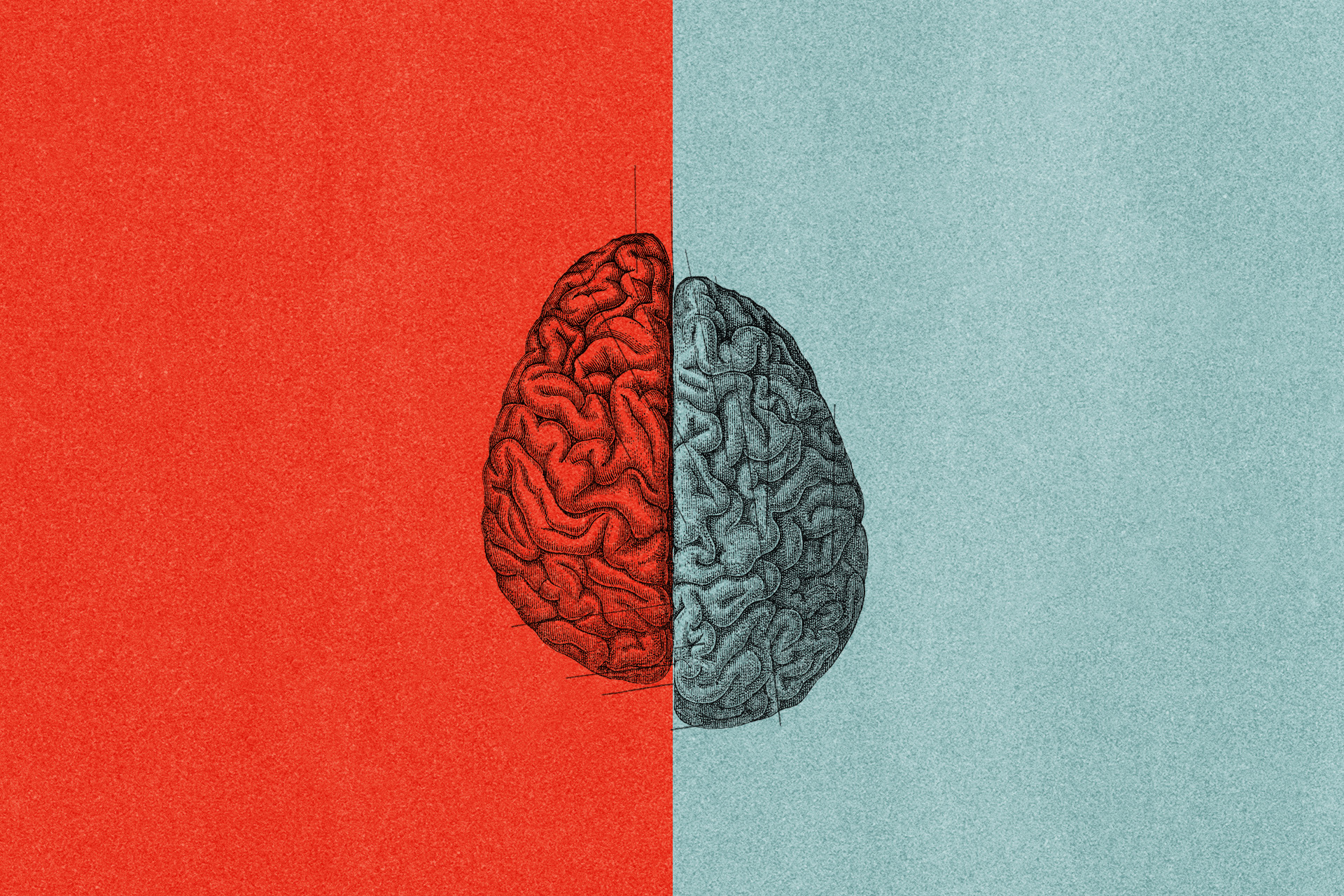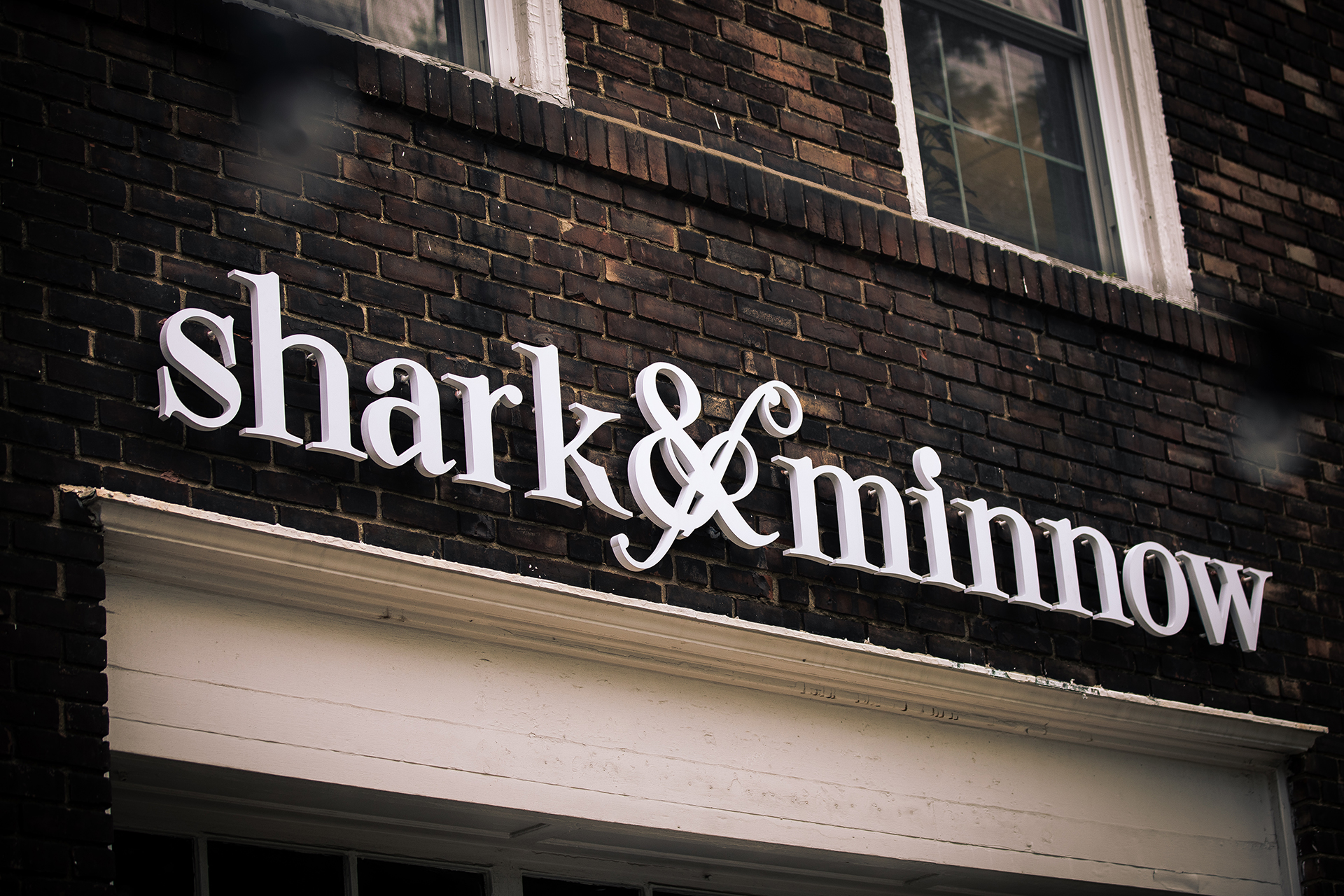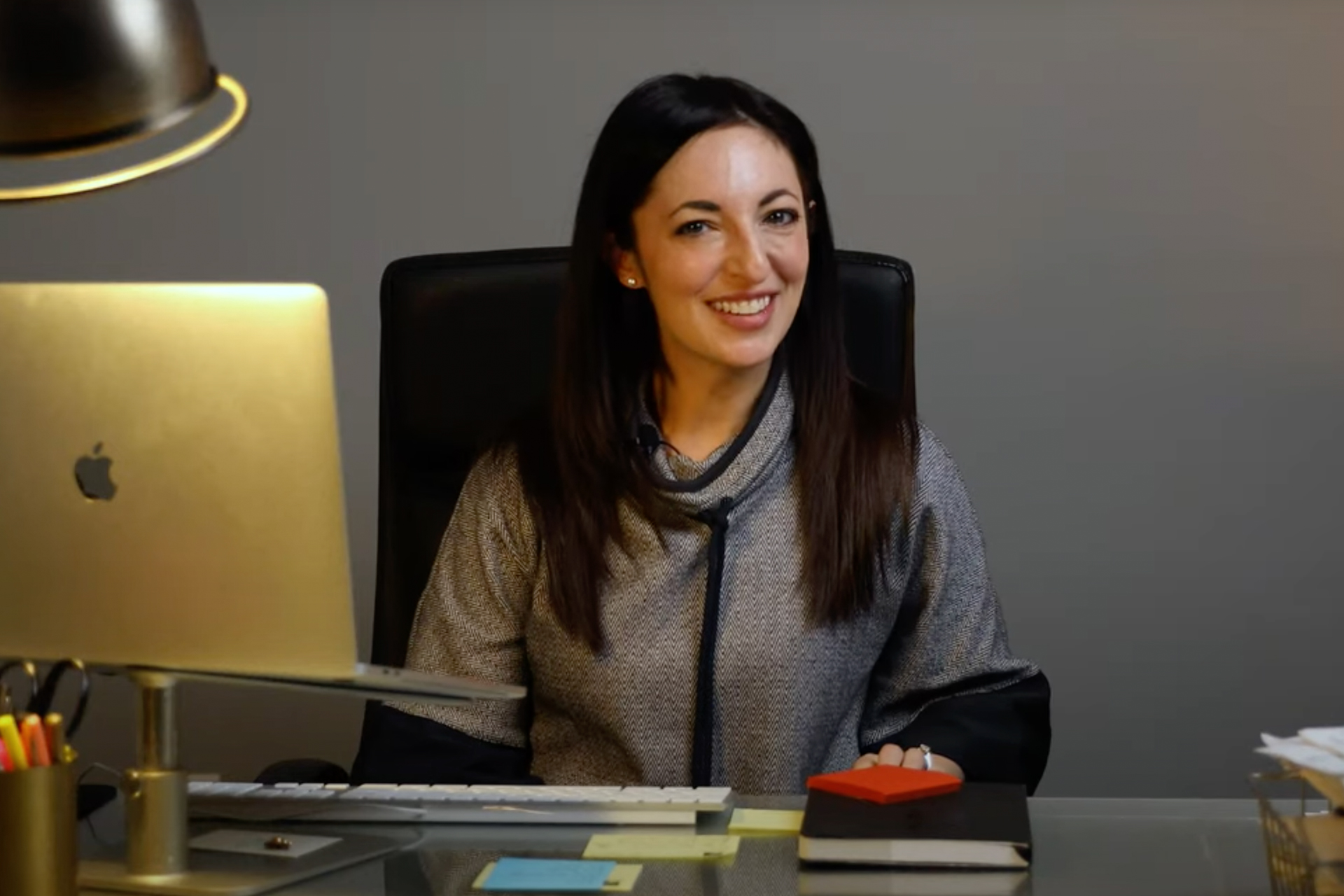Inspired Creation
In this installment of A Digital Rolling Stone, we analyze the composition and creation of music in the digital age. If you are a musician, you know that the process of composing and creating music is difficult, demanding and at times, frustrating. However, it is also exhilarating and inspiring; especially during collaboration or improvisation. Similar to many musicians, I love jamming with friends and creating something new – challenging myself to play something I have never played before or anyone has heard. In science, improvisation is experimentation; and musicians follow a similar scientific method:
- Define the musical challenge
- Consider and select instrumentation (or media)
- Hypothesize how the media will affect the composition and sound on a macro and micro level
- Perform the experiment by playing and reacting to pitch, rhythm, dynamics, visual movements and the mood
- Analyze the expression of logic and emotion
- Interpret sound and draw conclusions to create a new hypothesis
- Store in memory, perform live or record
- Practice
For me, I find step two to be the most interesting. The consideration and selection of instrumentation or the media that creates the layers of sound, is the point where true creativity is actualized. At MSU, my art professor showed us a documentary film on Fred Frith (an experimental musician and composer) called “Step Across the Border.” The reason he showed us a film about music in art class was because Frith challenged the historical notion of music by reconsidering harmonies, melodies and instrumentation to create something creative and innovative. Beyond the known.
This approach may yield unusual or uncomfortable results, but if you embrace the unknown and explore, you will reach great heights. Some may view this form of creativity to be limited to artistic expression only and unable to reach commercial success. Depending on your aspirations, this may or may not be important to you. Regardless of your intentions, audiences will adopt artistic expression similar to the diffusion of innovation, such as in the case of art by Pogo with the visual, musical mash-up called Alice or his most recent creation, Gardyn. This art later inspired Craftsman allowing them to experience great commercial success with their contagious online video.
How does this notion apply to musical composition in the digital age? As a musician, it is important to understand how you can change your perspective and expose yourself to opportunities that may inspire you. From a commercial perspective, Craftsman was able to do this by taking inspiration from Pogo’s art. Lastly, the ability to utilize available digital technologies as media, is essential in composing music in the digital age.
Art in Translation
Within the past 6 months, I have found several examples of digital music composition as art installation, such as 40 wild birds playing a Gibson Les Paul. This showcases how nature can provide new layers for instrumentation; other examples include the sun or even rain. These examples exhibit music composition in the digital age, however reveal an interesting and important insight – that idea that music can be composed passively rather than actively. Also, new layers of instrumentation using digital technology can also allow one to invent new instruments.
Digital Instrumentation – Intentionally Passive
The disciplines of science and technology with artistic expression converged in the mind of Kawase Kohsk when he created BEARINGS GLOCKEN, a musical instrument that automatically performs a glockenspiel using steel ball bearings. The music is created after calculating the relationship between the ball bearings and intentional path. An interesting note from the creator is that people “have fewer and fewer chances to experience live performance. These days we can even listen to music on mobile phones. But, I want people to know the richness, power, impact, and vividness of sound created right before your eyes.”
Digital Instrumentation – Gestural Interactions with Sound
Back in the day when you wanted to start a band, you searched for friends that played guitar, bass, drums and someone that could sing. Now, all you need is your computer. In my eyes, this does diminish the creativity and spontaneity that comes from colliding musical visions between opposing artists, however technology has provided a new canvas with multiple dimensions. This can be as basic as a “simple sinewave synthesizer triggered by an ordinary 16 step sequencer,” also known as the ToneMatrix. I found this synthesizer a while ago and became addicted. This synthesizer from aM laboratory by Andre Michelle, interprets user interaction and creates a revolving, dynamic wave of music. This idea is taken to the next level with the Artikulator, a multi-touch musical instrument created by “Mike Rotondo and Luke Iannini in about 24 hours during a Music Hackday, a series of events that combines art and technology with fascinating results” (via Mashable).
A new company called Liine, whose “aim is to redefine the way people interact with sound,” has created a new digital instrument called Griid, an expressive and tactile live performance app for the Apple iPad, iPhone or iPod Touch. Imagine taking the ToneMatrix or Artikulator and mashing it with a turntable. According to this article, Richie Hawtin, a well-known Canadian DJ who has been influential in the Detroit techno movement, previewed Griid at the Movement: Detroit Electronic Music Festival before his performance. As mentioned earlier, improvisation is experimentation. And for a DJ, experimentation and adaptation is your platform for performance. Dynamic musical performances created by user interaction on the digital app Griid enables true improvisation during live performances.
Sadly, at the end of June, Hawtin reported that someone stole his Macbook, two iPads and iPod from his hotel shortly after announcing the Griid in Paris. No longer will thieves steal distortion pedals and guitars, but instead your digital, computerized instruments.
Digital Instrumentation – Physical Interactions with Sound
The Eigenharp is an electronic musical instrument that allows musicians to play and improvise via expressive physical interaction, creating a limitless range of sounds. According to the Eigenharp website, it “can play and record loops, change scale and key, transpose, alter tempo, program beats, create arrangements, switch and layer multiple sounds, all while the musician is performing live on stage.”
This next example of physical interactions with sound is for entertainment value only, however very creative. This creativity allowed Nike to break outside of the norm and re-imagine what their shoes could be to create an analogy and communicate the essence of the product – freedom to just do it. Obviously these shoes do not make music when bent or twisted, but creativity, imagination and physical interactions allowed Nike to create an entertaining, contagious video that made many people wonder, how did they do that? And the video has received almost 800,000 views on YouTube.
Digital Instrumentation – The Algorithm
If Google created a musical instrument, it would be Tristan Perich’s 1-Bit Symphony, an electronic composition in five movements on a single microchip. As described by Perich, though the composition is “housed in a CD jewel case, 1-Bit Symphony is not a recording in the traditional sense; it literally ‘performs’ its music live when turned on.” Perich programmed and assembled the electronic circuit utilizing “on and off electrical pulses, synthesized by assembly code and routed from microchip to speaker, to manifest data as sound.”
Digital Collaboration
All the examples presented showcase the vanguard of digital instrumentation. But how can we take these new methods and instruments and compose music in a way that would reflect the digital age? In a Wired article titled “Help Wired.com Crowdsource This Song” by Eliot Van Buskirk, we get a preview of a new musical environment that supports collaborative music creation online – Indaba.
When I lived in Boston, I was in an indie post rock band. We toured the midwest and eastcoast, everywhere from Boston to New York to Philly to Madison to St. Louis. We even recorded an album and released it on vinyl with a digital download. However, I moved to Cleveland and our lead guitarist, Danielle (Danielle was on my SXSW Interactive Festival panel “Big Brother in Your Brain: Neuroscience and Marketing“) moved to Charlottesville. So that was it, our band broke up. However, if we could remove the barriers of space and time, we could play again. Many musicians have experienced this, and many have dreamed of Indaba. This new common ground for musicians, combined with the accessibility to musical inspiration worldwide, allows musicians to transcend many of the restrictions that have been in place for years. Let there be music.
A Digital Rolling Stone has sustained the hypothesis that IF the music industry wants to be profitable and relevant THEN the music industry must progress with and reflect culture while integrating technologies that create an augmented experience for the music enthusiast. The future of music composition is bright if musicians and inventors continue to work together and create new instruments like the examples mentioned above. All of these reflect cultural trends and integrate current technologies to expand instrumentation and further the advancement and innovation of digital music.





